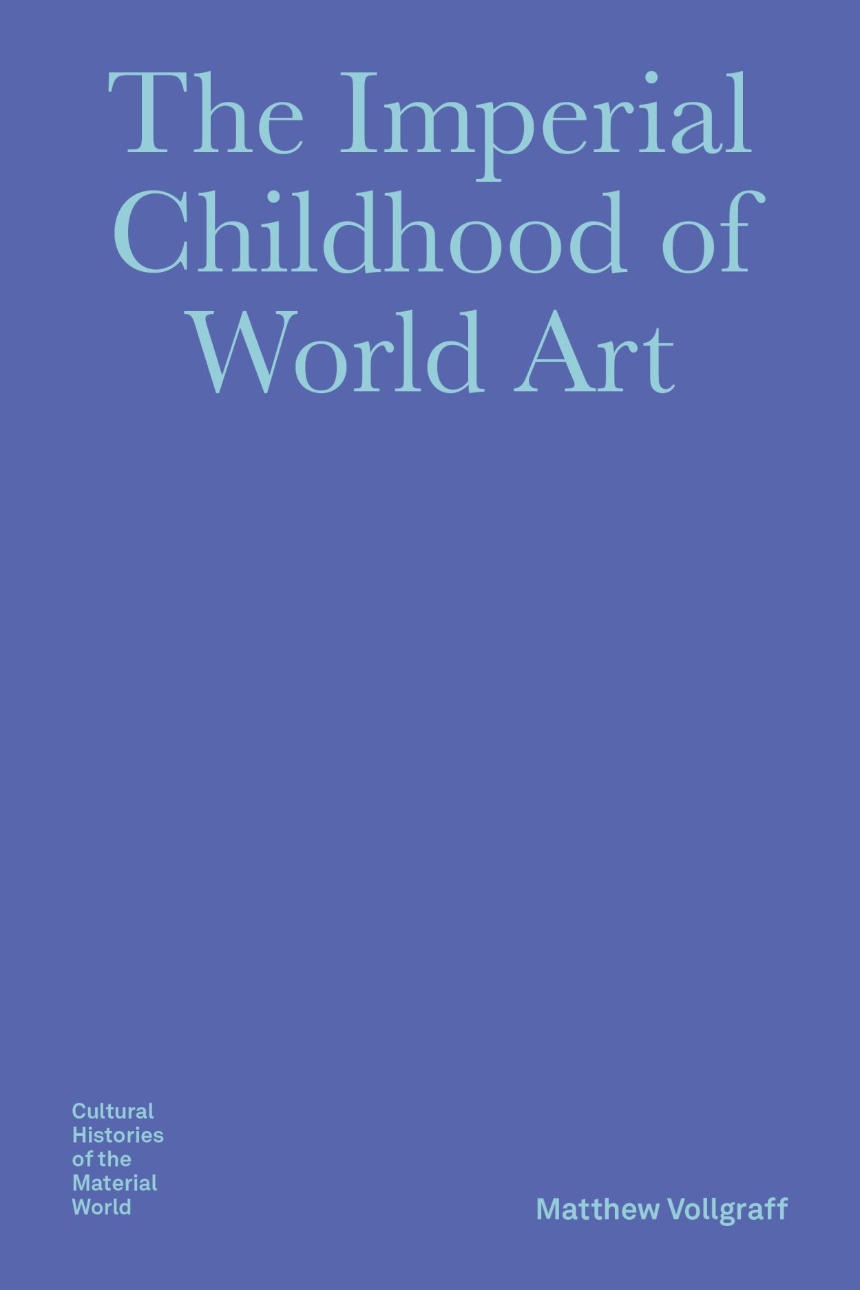Distributed for Bard Graduate Center
The Imperial Childhood of World Art
A reconstruction of the first exhibition of world art history in Germany, organized by the historian Karl Lamprecht in 1914.
By the standards of its day, the exhibition of world art history was an extraordinarily cosmopolitan and comparative project, yet it also had a political agenda. Karl Lamprecht studied and presented works of visual art as records of the psychological development of entire cultures—a development which, he believed, followed the same pattern as the mental growth of a child. Juxtaposing mature works of art with children’s drawings from around the globe, his exhibition deployed new ways of thinking about historical times to infantilize colonial subjects as perpetual pupils and dependents.
This book examines for the first time how Lamprecht’s public exhibition and academic research on art jointly contributed not only to colonial representations but also to concrete designs for domination. Situating this watershed 1914 exhibition within the wider context of German historical scholarship, scientific racism, and international politics on the eve of the First World War, the book revises the genealogy of “global art history” while intervening in contemporary debates around Eurocentrism, the universal museum, and Germany’s colonial past.
By the standards of its day, the exhibition of world art history was an extraordinarily cosmopolitan and comparative project, yet it also had a political agenda. Karl Lamprecht studied and presented works of visual art as records of the psychological development of entire cultures—a development which, he believed, followed the same pattern as the mental growth of a child. Juxtaposing mature works of art with children’s drawings from around the globe, his exhibition deployed new ways of thinking about historical times to infantilize colonial subjects as perpetual pupils and dependents.
This book examines for the first time how Lamprecht’s public exhibition and academic research on art jointly contributed not only to colonial representations but also to concrete designs for domination. Situating this watershed 1914 exhibition within the wider context of German historical scholarship, scientific racism, and international politics on the eve of the First World War, the book revises the genealogy of “global art history” while intervening in contemporary debates around Eurocentrism, the universal museum, and Germany’s colonial past.
200 pages | 45 color plates | 6.25 x 9.25 | © 2025
Bard Graduate Center - Cultural Histories of the Material World
Anthropology: Cultural and Social Anthropology
Art: European Art
History: European History

